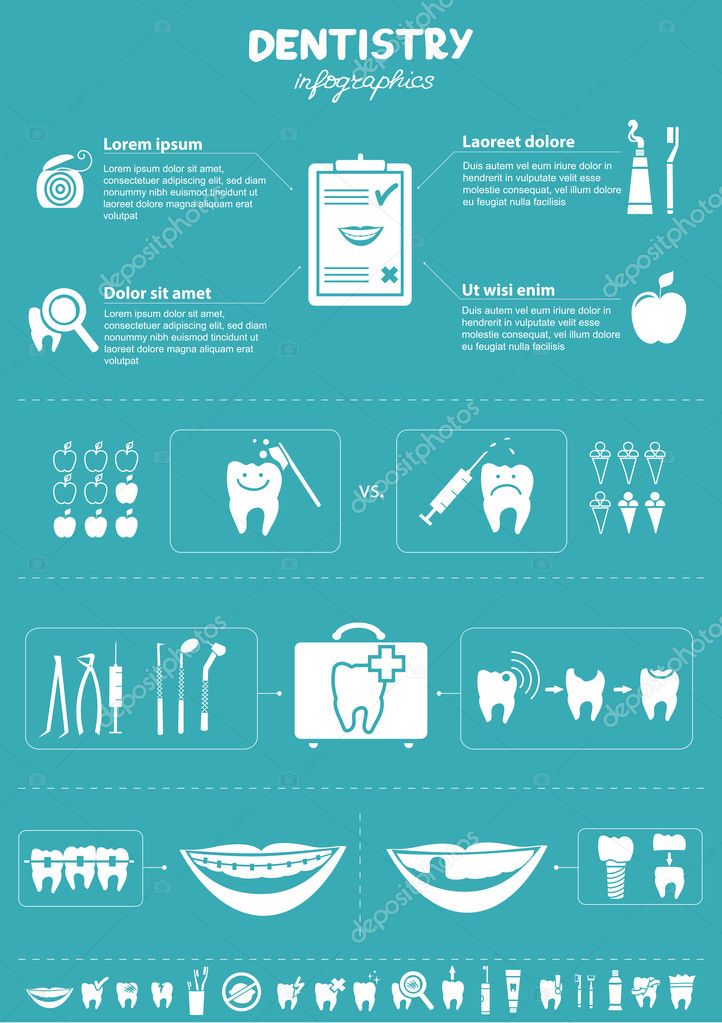The Advancement Of Dental Surgery: Arising Technologies And Growths Changing The Discipline
The Advancement Of Dental Surgery: Arising Technologies And Growths Changing The Discipline
Blog Article
Authored By- https://healthnews.com/family-health/dental-and-oral-health/the-5-most-expensive-dental-procedures/
Invite to the globe of oral surgery, where advancements and breakthroughs are forming the future of the field! In this interesting world, you'll witness the transformative power of robotics, the innovative marvel of 3D printing, and the game-changing effect of minimally intrusive techniques.
The future of oral surgery holds a guarantee of precision, efficiency, and improved client outcomes. With the help of innovative robotics, doctors are able to carry out complex procedures with greater precision and control.
3D printing technology is reinventing the production of dental implants and prosthetics, providing tailored solutions that fit effortlessly right into each individual's unique makeup.
Furthermore, minimally intrusive strategies are minimizing post-operative pain and recuperation time, enabling individuals to return to their lives faster.
Prepare to discover the interesting developments and advancements that are improving the landscape of dental surgery!
Innovations in Robotics
One significant development in oral surgery is making use of robotic modern technology, which enables accurate and efficient surgical procedures. With see here of robot systems, oral cosmetic surgeons have the capability to carry out intricate surgeries with boosted precision, minimizing the danger of human mistake.
These robotic systems are geared up with advanced imaging technology and exact tools that make it possible for specialists to browse with elaborate anatomical structures effortlessly. By using robotic modern technology, specialists can achieve better medical precision, resulting in enhanced individual results and faster healing times.
Additionally, using robotics in dental surgery allows for minimally intrusive treatments, reducing the injury to bordering cells and promoting faster recovery.
3D Printing in Dental Surgery
To improve the area of dental surgery, you can check out the subtopic of 3D printing in oral surgery. This cutting-edge technology has the possible to change the method oral doctors operate and deal with individuals. Right here are 4 crucial ways in which 3D printing is shaping the area:
- ** Customized Surgical Guides **: 3D printing permits the production of extremely accurate and patient-specific surgical overviews, enhancing the accuracy and performance of treatments.
- ** Implant Prosthetics **: With 3D printing, dental cosmetic surgeons can produce tailored dental implant prosthetics that flawlessly fit a person's unique composition, causing better end results and individual satisfaction.
- ** Bone Grafting **: 3D printing allows the manufacturing of patient-specific bone grafts, lowering the demand for typical grafting methods and enhancing recovery and recovery time.
- ** Education and learning and Training **: 3D printing can be used to produce practical surgical designs for educational purposes, allowing dental doctors to practice complicated treatments before executing them on individuals.
With its prospective to enhance precision, customization, and training, 3D printing is an interesting advancement in the field of dental surgery.
Minimally Invasive Techniques
To even more progress the area of oral surgery, accept the possibility of minimally invasive techniques that can considerably benefit both specialists and patients alike.
Minimally invasive methods are reinventing the area by reducing surgical injury, reducing post-operative pain, and increasing the recovery procedure. These methods entail utilizing smaller incisions and specialized tools to execute treatments with precision and efficiency.
By utilizing innovative imaging technology, such as cone beam calculated tomography (CBCT), doctors can precisely intend and execute surgeries with very little invasiveness.
Additionally, the use of lasers in oral surgery enables accurate cells cutting and coagulation, causing reduced blood loss and lowered healing time.
With minimally invasive techniques, individuals can experience much faster recovery, lowered scarring, and improved outcomes, making it an essential facet of the future of dental surgery.
Conclusion
So, as you can see, the future of oral surgery is extremely encouraging, with amazing technologies and advancements forming the field.
From the developments in robotics to making use of 3D printing and minimally intrusive strategies, dental cosmetic surgeons are transforming the means they give treatment.
While some might fret about the potential expense associated with these improvements, it is very important to keep in mind that these technologies eventually boost individual outcomes and decrease recovery time, making them well worth the investment in the long run.
